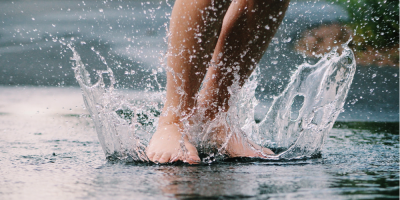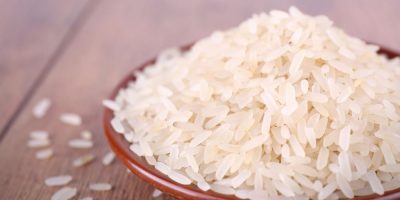
This Barrie 360 content is brought to you by Canadian Equipment Outfitters
April is lawn care month and now that all that pesky snow is out of the way, it's time to get that lawn of yours looking crisp and healthy. Don't worry, with the right tools and techniques, your lawn will looker greener than ever this year.
Aeration
To kick things off, the first thing you want to do at the start of the season is to aerate your lawn. This can help alleviate compact soil, allow water to penetrate deeper (resulting in deeper roots), and create space for air and other nutrients. Be sure to do this before top dressing or fertilization!
Thatch Control
Thatch is a layer of organic material (a combination of living and dead plant matter) that accumulates around the base of your grass which can make it difficult for water and nutrients to reach the roots. A healthy lawn has around 1 cm of thatch, more than 2.5 cm is too much. Aerating can help break this thatch up but if there is a lot accumulate, you can use a de-thatching machine.
Watering
The most important thing to remember when it comes to watering your lawn is that regular, fairly deep watering is better than a daily sprinkling. Deep watering will force roots to penetrate deeper in search of moisture and you should allow your lawn to dry between waterings. If you can do your watering early in the morning, that is the best time as it promotes slow and natural drying and limits evaporation. Watering at night can lead to the spread of lawn grass disease, however, if it's the only time you can do it, night watering is better than no watering!
Mowing
Mow high (with one exception we'll talk about later)! When mowing your lawn, never remove more than 1/3 of the grass blade in a single cutting and your lawn should be about 7.5 cm high. Longer height will result in a stronger, deeper root system and shades the soil to help it retain moisture and prevent weed seeds from germinating. Alter your cutting pattern each time you mow and make sure your mower blades are kept sharp. Besides making a clean cut, ensuring they seal quickly and resist disease, sharp blades will also reduce wear and tear and increase your mower's gas efficiency!
Raking
Constant raking isn't necessary but there are a few times you should be raking to maximize the health of your lawn. A light raking in the spring will help fluff up the areas that might have become compressed by snow. If your lawn clippings are long or there is an overabundance of leaves, raking can help prevent your lawn from getting smothered blocking out sunlight.
Fertilizing
Your lawn is hungry and it's time to feed it! A typical lawn needs to fertilized every 6 to 8 weeks, once in early spring, once in late spring, once in late summer, and one last time in the fall, just before the snow starts to fall. When it comes to your choice of fertilizer (which can be a bit daunting) you want to look for ones that contain Slow-Release Nitrogen and a good rule of thumb is the slower, the better. This will help feed the grass evenly and prevent growth flushes which can make mowing more difficult.
Overseeding
If your lawn is starting to look a little patchy and faded, it's probably time for some overseeding. A much cheaper alternative to re-seeding, overseeding can help thicken up your lawn by spreading seed over excising grass. This is the one exception to the "mow high" rule as you'll want to cut it shorter than usual before overseeding. After mowing, rake the lawn to remove any dead grass and debris as well as loosen up the top layer of soil to give the seed easier access to the soil so it can root more easily.
Replace
No matter how hard you try, keeping grass looking healthy and green in high traffic areas can be extremely difficult. Instead of fighting an uphill battle, replacing grass with pacing stone will not only give your yard more character but will save you time and allow you to avoid the headache of struggling to keep those pesky patches of yellow, green.
Featured image courtesy of Skitterphoto via pexels.com














